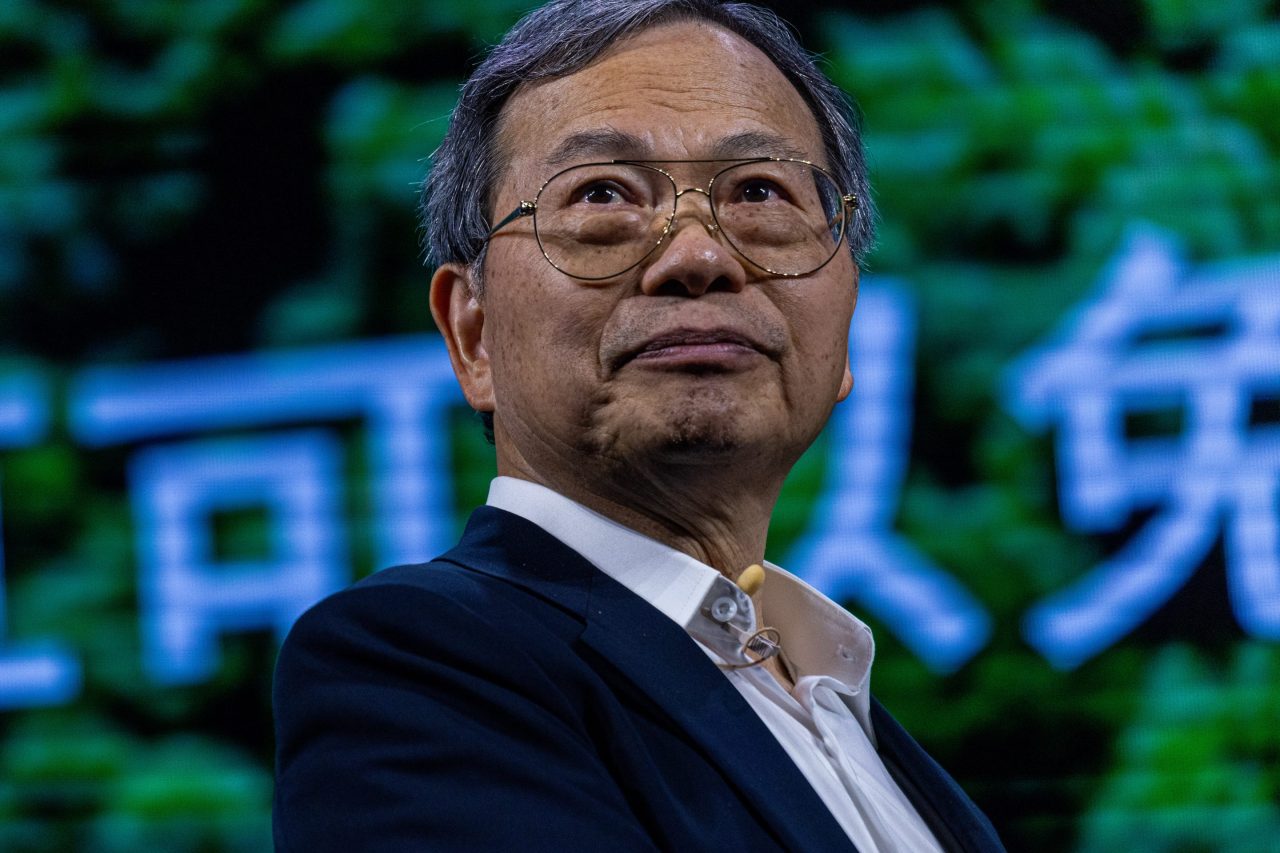Incense sticks, with their fragrant trails of smoke, have transcended borders and time, becoming a universal thread in the cultural tapestry of humanity. From ancient rituals to modern practices, these aromatic wonders have shaped spiritual ceremonies, cultural traditions, and daily life. In many Asian countries like India, China, Japan, and Vietnam, incense has been a symbol of devotion and mindfulness for thousands of years. In India, it is a daily ritual to light incense during prayers, while in ancient China, it served as a bridge between the earthly and divine. The practice spread to neighboring countries like Japan and Korea, where it became integral to meditation and religious ceremonies. Beyond Asia, incense has found unique expressions: in South America, it is used for specific purposes like attracting wealth or reducing stress; in Africa, it purifies surroundings; and in Western countries, it has gained popularity for aromatherapy and enhancing home ambiance.
The manufacturing of incense sticks is deeply rooted in tradition and craftsmanship, particularly in India, where the industry employs 80% women, empowering them and contributing significantly to the economy. As Ankit Agrawal of Mysore Deep Perfumery House explains, the labor-intensive process underscores the cultural and economic value of incense production. In recent years, the global interconnectedness of cultures has led to a resurgence in the use of incense, with people embracing its ability to foster tranquility and mindfulness. Whether it’s the scent of sandalwood wafting through an Indian temple or lavender enhancing a modern apartment’s ambiance, incense has become a shared sensory language that unites humanity. It remains a powerful testament to our enduring quest for connection, peace, and the divine.




